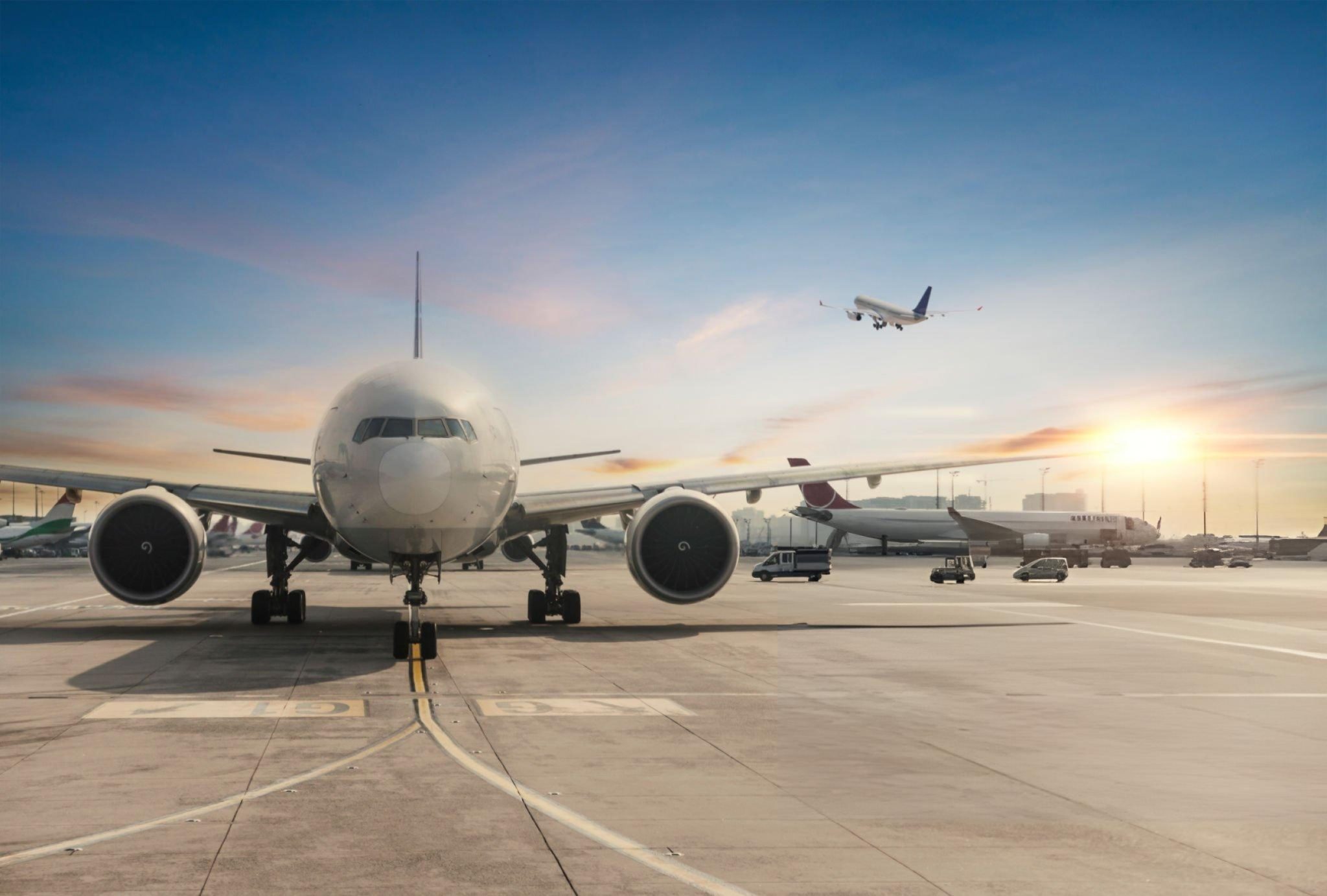United Airlines has announced that it will discontinue the publication of its long-standing inflight magazine, Hemispheres, with the final printed edition set for release in September 2024. After more than 30 years of accompanying travelers on their journeys, the airline plans to transition the magazine’s content to a digital platform, marking the end of an era for the iconic publication.
Hemispheres has been a distinctive feature of United Airlines’ inflight experience since its inception in 1992. For many frequent flyers, the magazine set United apart from its competitors, offering unique content that engaged and entertained passengers during their flights. Despite its popularity, the move to a digital format reflects broader industry trends and practical considerations that have led to the decline of printed inflight magazines across the aviation sector.
United Airlines’ decision to cease printing Hemispheres aligns with similar actions taken by other major U.S. carriers in recent years. Delta Air Lines and Southwest Airlines both discontinued their inflight magazines during the COVID-19 pandemic, citing health concerns and operational efficiencies. American Airlines, the last of the U.S. Big 3 to maintain its publication, American Way, ended its run in 2021. The pandemic played a significant role in hastening these decisions, as passengers became more cautious about touching shared surfaces, including magazines that had been handled by multiple people.
Environmental considerations have also played a crucial role in United Airlines’ decision. The airline has been actively working to reduce its environmental impact, and the elimination of a printed magazine is a step in that direction. Printed magazines contribute to paper waste and add weight to aircraft, leading to higher fuel consumption. Recognizing this, United Airlines had already begun to address the issue several years ago by switching to a lighter type of paper for Hemispheres, which resulted in an annual fuel savings of approximately 170,000 gallons, equivalent to around $290,000 in cost reductions. By transitioning to a fully digital format, United Airlines can further reduce its environmental footprint, eliminating the need for paper altogether and cutting down on the associated fuel costs.
The shift to digital content also aligns with evolving passenger preferences and the growing prevalence of personal electronic devices. Today’s travelers increasingly rely on their smartphones, tablets, and laptops for entertainment during flights, whether it’s streaming movies and TV shows, listening to music, or reading articles online. By moving Hemispheres to a digital platform, United Airlines can cater to these modern habits, offering passengers easy access to the magazine’s content on their own devices.
Since its first issue in 1992, Hemispheres has been more than just a source of inflight entertainment; it has been a key part of United Airlines’ brand identity. Over the years, the magazine has featured a wide array of articles, travel guides, and lifestyle content. One of its most beloved features, “Three Perfect Days,” offered readers meticulously crafted itineraries for spending an ideal 72 hours in various global destinations. This feature developed a devoted following among travelers seeking inspiration for their next adventures. Recent editions of Hemispheres have included travel guides such as “Three Perfect Days: Mallorca,” a seasonal guide to California, and a list of the “Top 10 Boat Rides of 2024.”
In addition to its role in entertaining and informing passengers, Hemispheres has also been a significant revenue generator for United Airlines. Advertisers have long recognized the value of reaching the magazine’s captive audience, with a full-page ad costing up to $115,000. The move to digital could potentially expand this advertising opportunity, offering interactive and dynamic ad formats that can engage readers in new ways.
While the end of the print edition marks a significant change, Hemispheres fans need not despair. United Airlines is committed to preserving the essence of the magazine in its new digital form. A spokesperson for the airline emphasized that the move to digital will allow United to embrace the opportunities brought by technology, offering a modernized, accessible version of Hemispheres that can reach even more passengers across various platforms.
The digital transition of Hemispheres represents a natural evolution in the airline industry, reflecting both environmental concerns and changing consumer habits. As United Airlines looks to the future, the move underscores the carrier’s commitment to innovation and sustainability, while still honoring the legacy of one of the most beloved inflight publications in the history of commercial aviation.







